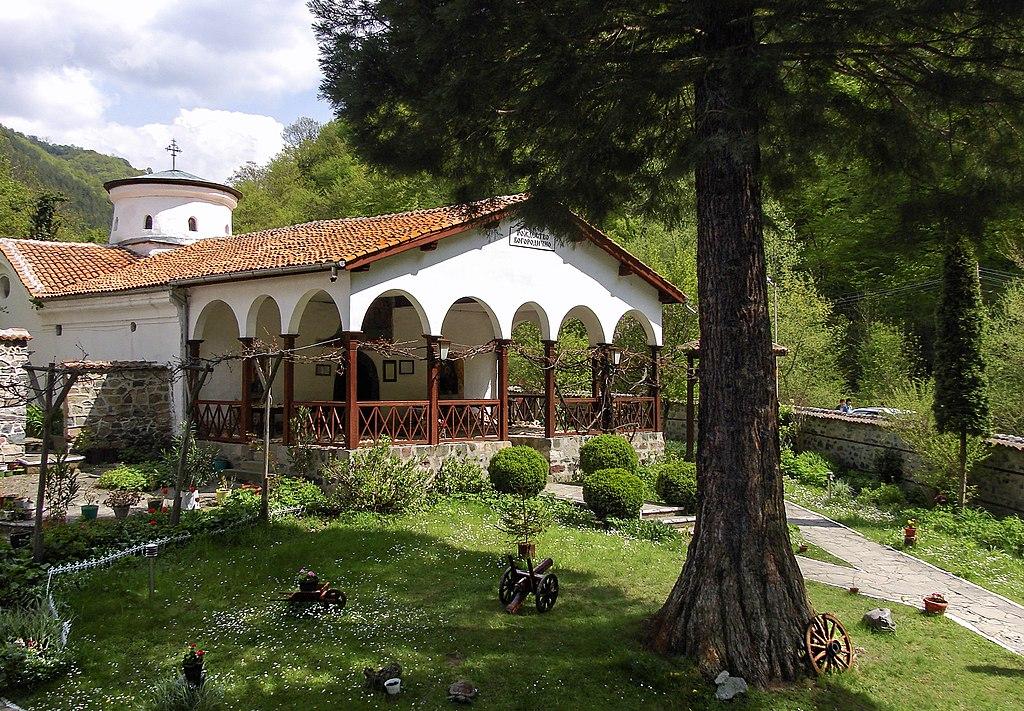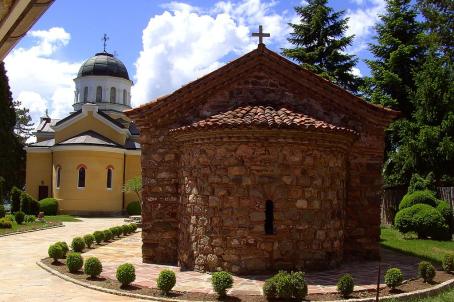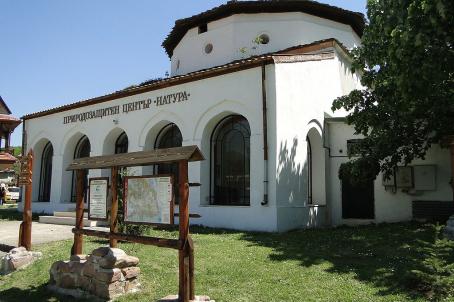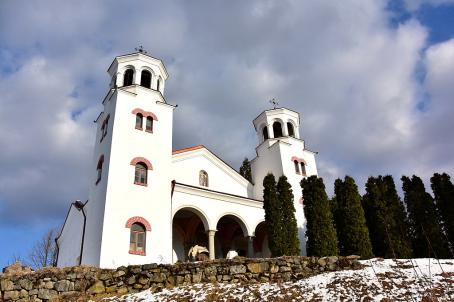The Seven Altars Monastery

The Osenovlashky Monastery, most popularly known as the Seven Altars Monastery, is a monastic complex in the picturesque valley of the river Gabrovitsa.
About this building
The monastery is linked to King Peter Delyan and his rebellion against the Byzantine Empire in 1040 AC, although the earliest historical evidence for the existence of the monastery is a Gospel from 1554.
The name of the monastery probably derives from the division of its church, which has a nave and six transverse altars (chapels). There is no other church in bulgaria with this structure.
The legend goes that Bulgarian tsar Peter Delyan, who olny ruled a year, died in the monastery, which was a temporary capital of Bulgaria.





